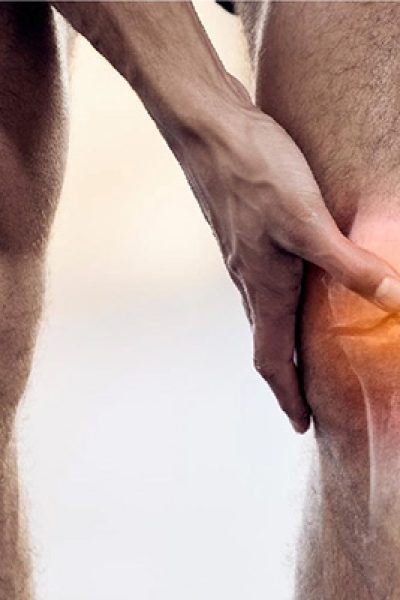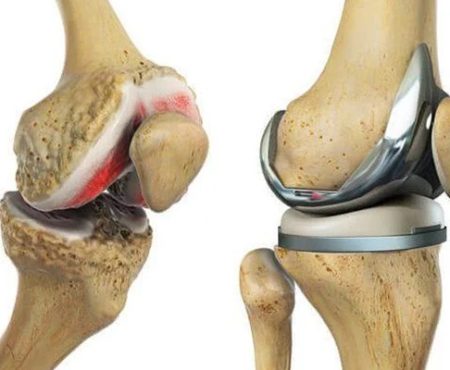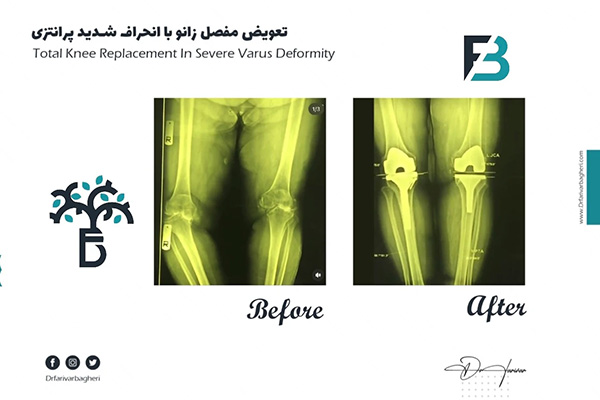
Would you like to spend your life with no knee pain —walking comfortably, climbing stairs without a second thought, and rediscovering the simple joys of movement? Total Knee Replacement (TKR) is a highly effective surgical procedure that replaces a damaged or worn-out knee joint to restore its function and eliminate chronic pain. Knee pain surgery is the important step towards having a pain free knee and improving your quality of life.
While the specific reasons for knee surgery can vary, from severe arthritis to injury, the goal remains the same: to remove pain and improve mobility. It’s crucial that this complex procedure is performed by a highly experienced and trusted knee replacement surgeon. In Dubai, Dr. Fariwar Bagheri is a leading expert in the field.
If you’re exploring options for chronic knee pain, considering TKR can be a truly transformative decision. This information aims to equip you with the essential details you’ll need to make a well-informed choice about your treatment and recovery journey.
What is Total Knee Arthroplasty?
Total Knee Arthroplasty (TKA), commonly known as knee replacement or key hole surgery, is a procedure to relieve severe knee pain and restore movement. It replaces the damaged parts of your knee with smooth, artificial components, allowing the joint to move more freely and comfortably.
In the UAE, TKA is a trusted option for improving life quality. Modern techniques and faster recovery mean many patients find significant pain relief and improved movement, often quickly. If knee pain limits you, TKA could be your turning point to greater independence.

Knee Replacement and Arthroscopy - Advanced Surgical Techniques

If you’re considering knee replacement in Dubai, these advancements can significantly improve your experience and outcome. Always consult with a specialist to find out which approach is best for your needs.
Thanks to rapid progress in medical technology, knee replacement surgery has become more precise, less invasive, and more patient-friendly than ever before. These innovations not only improve surgical outcomes but also make recovery faster and more comfortable.
- Minimally Invasive Knee Surgery (MIS): Unlike traditional open surgery, MIS uses smaller incisions and causes less disruption to surrounding muscles and tissues. This leads to quicker recovery times, less postoperative pain, and a shorter hospital stay, allowing patients to get back on their feet sooner.
- Computer-Assisted Surgery (CAS): With real-time 3D imaging and navigation tools, CAS enables surgeons to plan and execute procedures with high precision. It helps ensure that the knee implant is placed in exactly the right position, reducing the risk of complications and improving long-term joint function.
- Customized Knee Implants: Every knee is unique, and now implants can be too. Using advanced imaging techniques, surgeons can design customized knee implants that match the patient’s anatomy. This results in a more natural feel, better joint alignment, and improved mobility after surgery.
Recovery and Outcomes After Total Knee Replacement

Recovery from Total Knee Replacement (TKA) is a journey—but thanks to modern surgical techniques, it’s smoother and quicker than ever before. Many patients in Dubai and across the UAE find themselves walking with support just days after surgery and gradually returning to everyday activities with renewed confidence.
What to Expect During Recovery:
- Early Post-Surgery Phase: Right after surgery, patients are encouraged to gently move their knee to reduce stiffness and improve blood circulation. In most cases, walking with assistance begins within 24–48 hours.
- Rehabilitation & Physical Therapy: A personalized physiotherapy program starts early and is one of the most important parts of recovery. These exercises help strengthen the knee, restore range of motion, and rebuild muscle around the joint—leading to a faster, safer return to normal life.
- Long-Term Results: With regular low-impact exercises and proper care, knee implants can last 15–20 years or more. Most patients experience dramatic pain relief, improved mobility, and can resume activities like walking, swimming, or cycling without discomfort.
Choosing the right knee replacement surgeon and following through with your recovery plan can make all the difference in your outcome. For those suffering from chronic knee pain, the post operation results can be very effective and may make your life easy.
FAQs
Knee arthroscopy is a modern, minimally invasive surgical technique where a small camera and fine instruments are inserted through tiny cuts—usually just about 1 cm wide—to examine and treat problems inside the knee joint. Unlike traditional surgery, it doesn’t require opening up the entire joint, which means quicker healing and less discomfort. It’s often referred to as “laser surgery” by patients, though it actually involves precision tools and a camera, not lasers. Surgeons use arthroscopy to treat a variety of knee issues, including repairing a torn meniscus, reconstructing ligaments like the ACL, fixing cartilage damage, or removing inflamed or damaged tissue that’s causing pain or limiting movement.
Yes after the operation, it is always requested to consult the surgeon on frequent basis as per the mentioned schedule
- First visit - after a few days of the surgery.
- Second visit- after 2 weeks
- Third visit - after one month
- Fourth Visit - After 3 months
- Fifth Visit - After 6 months
Annual Visits or regular checkup are required as part of the knee replacement maintenance.
With advancements in medical technology, robotic-assisted surgery has become more precise but also more expensive. However, when it comes to operating on a human body, expert surgical intervention remains the gold standard for ensuring complete safety. That’s why we offer minimally invasive knee replacement surgery performed by highly skilled surgeons, combining modern techniques with human expertise for the best possible outcomes
Patients who suffer from advanced knee osteoarthritis (wearing). The best age is 55–80 years, but there are exceptions when we are forced to do this procedure at a younger age. Sometimes it can be done in patients over 80, provided they are relatively healthy.
It depends on the patient’s conditions (e.g., the degree of osteoarthritis and pain) and physician’s opinion, but the most important factor is
- the quality and quantity of the patient’s pain.
- Pain which has disturbed patient’s daily activities.
- Need to take analgesics.
- Persist for more than 1 year.
- Non-surgical treatments such as physical therapy and intra-articular injections could not control the pain.
Blood and urine lab tests, plain radiography, cardiologist consultation in patients over 50 years old, internist consultation in patients with an underlying disease.
No, but it must be under control, which can be confirmed by lab tests.
No.
The patient should walk the day after the operation. Perfect recovery may take one week although proper care is to be taken lifetime.
The day after the operation.
The day after the operation.
One week after the operation, provided that the wound doesn’t have any discharges. On the 3rd day following the operation, you can take a bath with a waterproof dressing, provided that it is completely waterproof and correctly installed.
Usually 2 weeks after the operation.
- Short course of antibiotics.
- About one month of blood thinners.
- Analgesics as long as necessary.
It depends on the general physical fitness of the patient and his/her capability to maintain the balance. It may vary between 1–6 weeks.
Power walking, swimming, golf, cycling.
About 6 months, although it is not recommended.
It can increase a little, but the amount of final flexion of the knee is typically dependent on the amount of initial flexion of the patient’s knee before the operation. In severe limitation, one can’t expect a full flexion, and it just improves by a little.
On average, the lifespan of prostheses is 15 years, and after the prosthesis loosens, it will need to be replaced again. Sometimes, for some reasons, it can happen earlier or later, but 15 years can be considered as an average.
The lifespan of the prosthesis is more influenced by the installation method and correct choice of prosthesis type to be suitable for the patient than its brand. Different brands have almost the same lifespan.But as a general rule, the way of usage and the amount and intensity of a patient's physical activities are the most important influencing factor in the lifespan of the prosthesis. Heavy and intense activities avidly reduce the lifespan of the prosthesis.
No.
It is normal and there is no need to be worried unless it is associated with pain.

